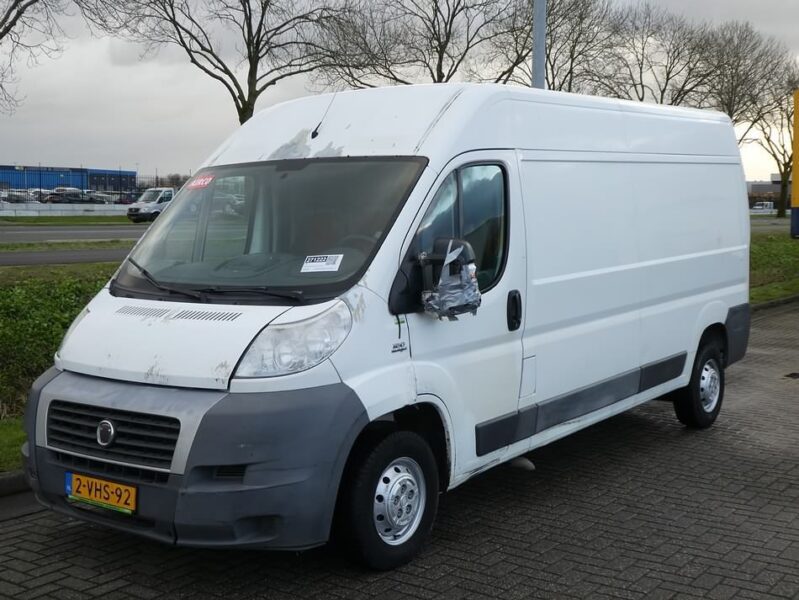
Narrow or wide tires - which is more suitable
In some countries, such as Finland, car owners usually have two sets of car wheels - one for summer and one for winter. Among locals, a common choice is to use slightly larger wheels, which are also more expensive, instead of summer tires.
Tire width affects a number of characteristics: traction and handling, noise, driving comfort and fuel consumption. Replacing narrower tires with wider tires generally increases drag and therefore slightly increases fuel consumption. With summer tires, size also carries an aesthetic value because a car with wider wheels looks better.
Experts explain that if the driver wants to install wheels with a larger diameter, the tire profile must be reduced. This allows the outside diameter to remain within acceptable limits and the tires have ample space in the wheel arches.
The tire profile is calculated as a percentage of the height to the width. Since the most popular tire sizes are narrow high profile tires, they are produced in larger quantities than wide low profile tires. This is one of the reasons why narrower tires are usually cheaper than wider ones.

The amount of air in the tires has a significant effect on driving comfort. The larger the rim diameter, the less air will fit into the tire. High-profile tires with a large air volume will provide a smoother ride than wide, low-profile tires.
From a safety point of view, both types have their advantages: on dry roads, wider tires provide better handling, but at the same time worse with aquaplaning.
In winter it is better to use narrower tires because in extreme conditions they provide more pressure on the road. Narrow tires also perform better in fresh snow and wet snow, while wider tires grip better on smooth asphalt.
